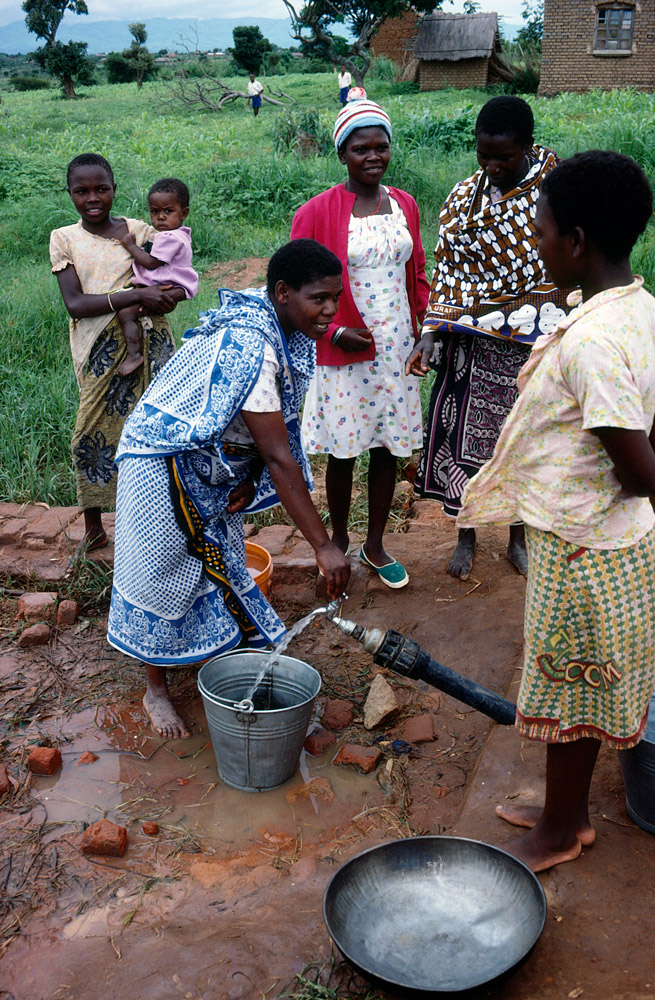 INTEGRATING ANTI-CORRUPTION IN THE WATER SECTOR
INTEGRATING ANTI-CORRUPTION IN THE WATER SECTOR
- Corruption in the water sector
- The costs for the poor
- Common corruption risks
- Corruption in awarding water contracts
- Public Expenditure Tracking Surveys
- Transparency, Accountability and Participation
- Annotated Water Integrity Scan
- Annotated Water Integrity Scan
- Increasing Participation
- Increasing Integrity
- Data sources
- Context matters
- Case study 3
- E-LEARNING HUB
- HOME
- MODULE 1
- LESSON 1
Introduction
Water is a basic element that sustains life, including human life. Yet over 780 million people still lack access to safe water, according to UNICEF and the World Health Organization (UNICEF & WHO, 2012).
Water is also vital for agriculture, and is a key component of almost all industries. According to one estimate, more than 70 percent of global fresh water withdrawals is used by the agricultural sector. Energy power plants alone use half of global industrial water.
Given the current projections for population growth and the future impacts of climate change, the demand for water is likely to grow. It is estimated that more than half of the world’s population will face water-based vulnerability by the year 2030.
The water crisis is a “crisis of governance: man-made, with ignorance, greed and corruption at its core. But the worst of them all is corruption.“ – The Global Corruption Report (2008), Transparency International
Introduction
 Which water sub-sectors present the greatest governance challenges for you?
Which water sub-sectors present the greatest governance challenges for you?

This context underscores the importance of promoting efficient and sustainable management of the water sector to achieve sustainable human development.
Governance challenges, like corruption, exacerbate the mismanagement of water conservation, usage and distribution for different purposes—such as irrigation, industry, hydropower, and drinking water and sanitation.
In order to address these challenges, we must first understand the complexity of the water sector and its sub-sectors, as well as the way it is governed and the various actors that influence the sector.


